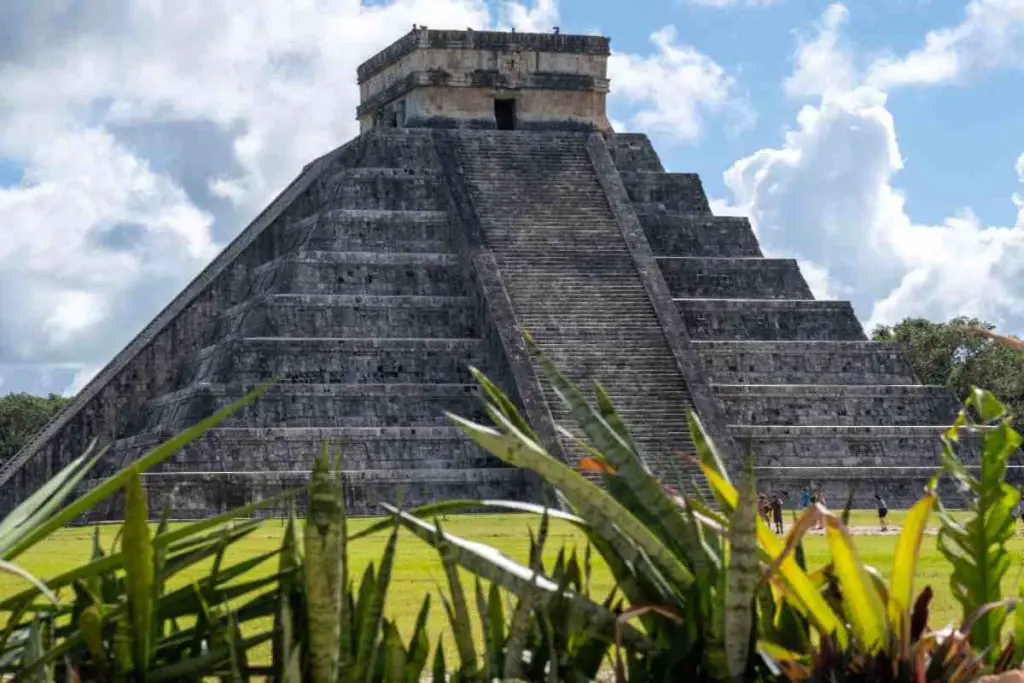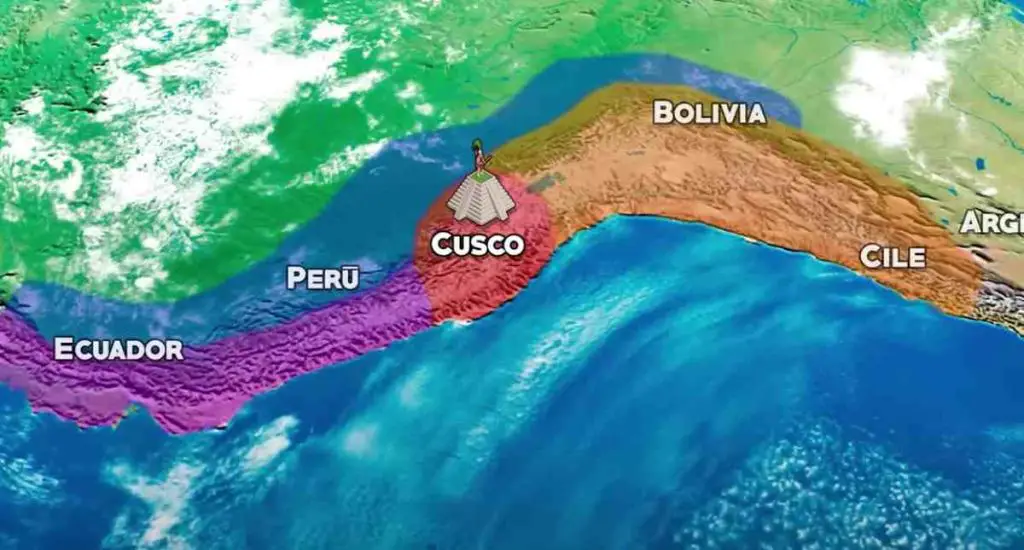If we could travel through time it would be much easier to discover everything that happened before us, but since this possibility obviously does not exist i mysteries of ancient civilizations they remain an extremely fascinating topic to talk about and learn more about. Especially, civilizations Maya, Incas and Aztecs they are among the most fascinating and mysterious of the past as many questions still remain about these cultures, despite the various archaeological discoveries.
A taste of the mysteries about these civilizations: the Maya and astronomy
The Maya are known for having left behind great skills in the fields of mathematicsof theastronomy and of thearchitecture. It is a civilization that flourished in Central America, organized into independent City States governed by a divine king.
One of the most interesting aspects is precisely linked to their very advanced knowledge in the field of astronomy: in fact, only thanks to some naked eye observations they were able to precisely calculate the motions of the planets, predict eclipses, and were also able to create the long-term calendar – the one that in 2012 it had unleashed anxiety and fear about a hypothetical apocalypse.
Furthermore, the Mayans had some skill to match writing and mathematicsgiven that it was the civilization that developed one of the first writing systems that can be found in the Western Hemisphere, the Mayan glyphs, in which phonetic symbols and of logograms – this is the minimum unit of the logographic writing system, in which each logogram corresponds to a morpheme or a word.
As far as mathematics is concerned, the Maya already had the concept of zero, and it was a very advanced concept for its time, which gave them the possibility of carrying out very complex and decidedly precise calculations. What is still a mystery today is theirs extremely fast decay occurred around the 9th century AD which is the subject of various theories and hypotheses.
One of the most accredited hypotheses is linked to cultivation of the landgiven that this people was mainly based on agriculture, but did not know the technique of rotation of plantations and therefore the land had become increasingly arid and less fertile.

The second great civilization: the Incas and architecture
As for the Incas, they were in South America and theirs capital Cuzco it was the center of a very complex network of roads and trade routes that branched out throughout the empire. Best known in this culture are the system of administration and the ability to manage such a large territory.
Another area in which they possessed very advanced knowledge was agriculture since they had developed irrigation systems and advanced terraces, consequently managing to cultivate even on mountainous terrain. They had also learned to use advanced techniques to provide various water resources for the entire empire
The particularity of this civilization was linked to his own engineering skillsgiven that its constructions, such as Machu Picchuwere made with incredible precision, interlocking stone blocks without using mortar, with a structure that has allowed these structures to survive for centuries, even against the earthquakes that are present and very frequent in the region.
There are several questions that leave us most intrigued regarding the Inca empire, such as how they managed to build such sophisticated structures without using modern tools, or what the true purpose of Machu Picchu. Or how they managed to manage such a vast empire using an apparently very simple communication system, based on hereputhat is, knots on the ropes that were used to record information.

The civilization of the Aztecs and human sacrifices
Finally, the last of this great civilization is that of the Aztecs, who saw their origins in what is now central Mexico and where they built one of the most powerful empires of their era.
In this culture the Aztec religion it had a central role in everyday life, given that it was organized according to a very complex mythology in which there were rites and many gods. A practice that was carried out on a large scale throughout the empire was that of human sacrifice – and it seems that during the four days dedicated to the great pyramid of Tenochtitlán, the capital, between 10,000 and 80,000 people were sacrificed. The Aztecs performed these sacrifices in order to appease the wrath of the gods and at the same time guarantee their descendants, and were generally performed through public ceremonies.
Another very interesting aspect regarding this civilization is linked to theirs economy which was based on agriculture, trade and the taxation they imposed on all the people they conquered. As far as agriculture is concerned they had succeeded in create artificial islands inside the lakes, call chinampasin this way they were able to maximize their production.
As regards the mysteries linked to the Aztec civilization, even today there are great debates inherent to it their rapid defeat because of the Spanish, since it seems that the Azteca had excellent military preparation. Even many religious and ritual practices they carried out and some aspects related to their symbolism are still little understood.
In any case, these are three civilizations that have left one great legacy, although partly still to be discovered. Which of these civilizations fascinates you the most?
#Mysteries #Ancient #Civilizations #Maya #Incas #Aztecs #Compared